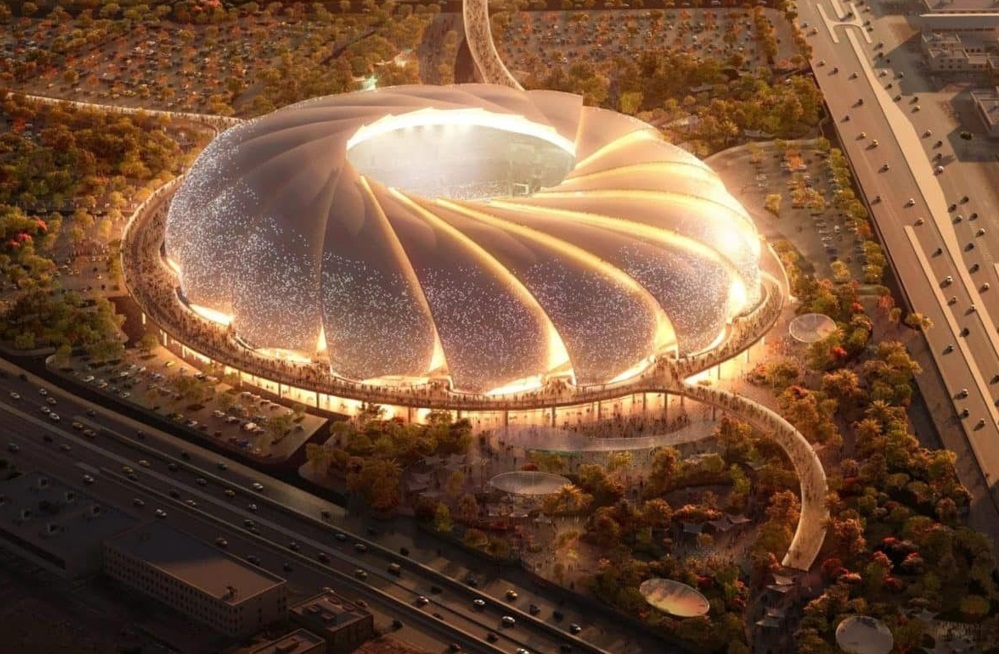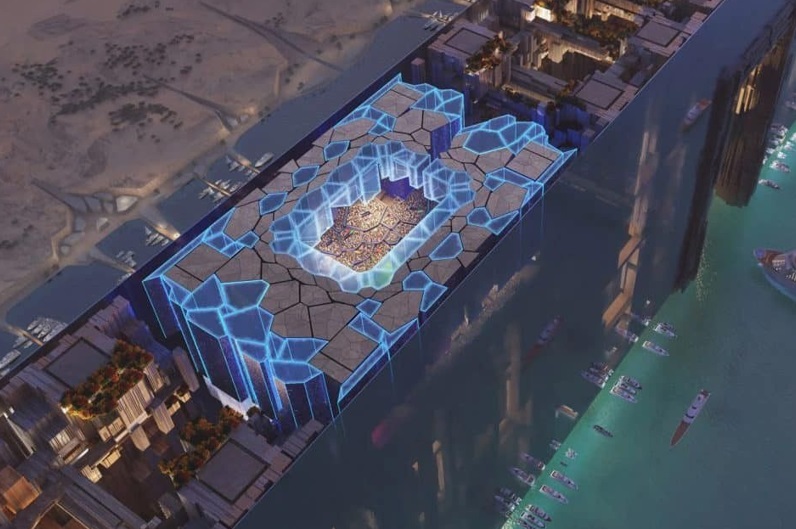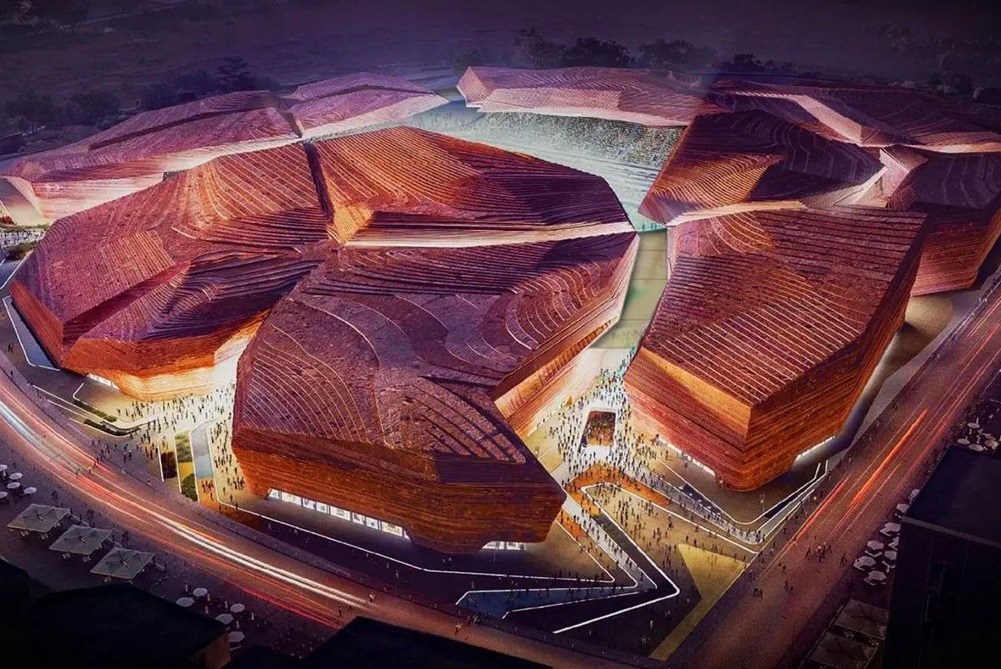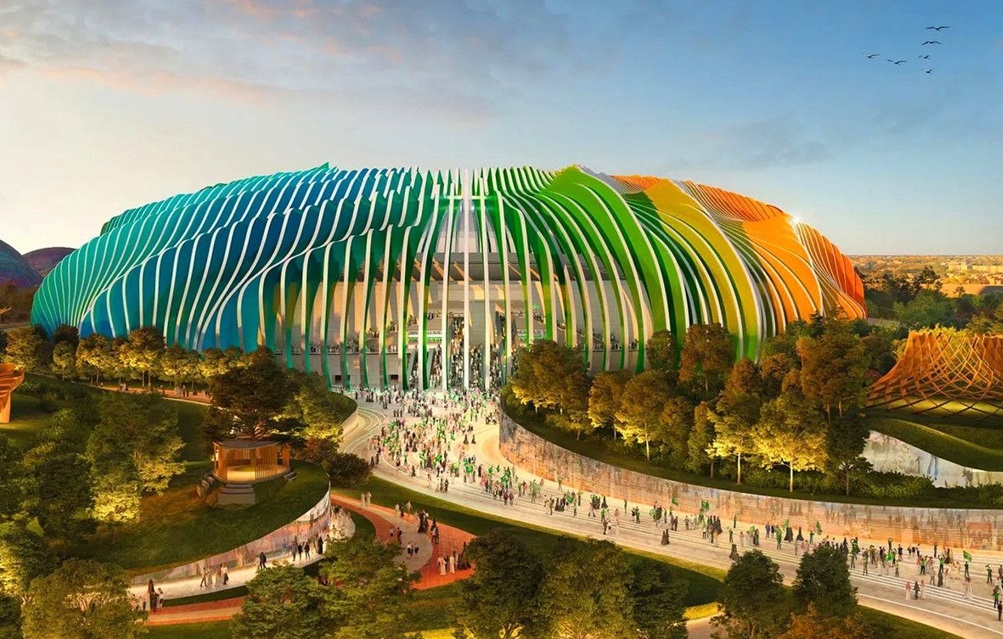RIYADH. Saudi Arabia’s preparations for the 2034 World Cup are taking monumental shape with an ambitious plan to build 11 new stadiums and renovate four existing venues, setting the stage for one of the most architecturally innovative sporting events in history. The Kingdom’s five host cities—Riyadh, Jeddah, Al-Khobar, Abha, and NEOM—will showcase cutting-edge venues that blend cultural heritage with futuristic design. Here’s a look at these remarkable stadiums:


Riyadh’s Eight Spectacular Venues
• King Salman International Stadium (92,000 capacity) – The crown jewel, hosting opening and final matches
• Prince Mohammed Bin Salman Stadium – Features three-sided seating overlooking Tuwaiq cliff
• King Fahd Sports City Stadium (70,000 capacity) – Undergoing major transformation
• Prince Faisal bin Fahd Sports City Stadium – Historic venue in prime location
• South Riyadh Stadium (47,000 capacity) – Inspired by Salmani architecture
• ROSHN Stadium (46,000 capacity) – Promises immersive fan experience
• King Saud University Stadium – Strategic landmark location
• New Murabba Stadium (46,000 capacity) – Inspired by Acacia tree design


Jeddah’s Coastal Trio:
• Jeddah Central Development Stadium – Inspired by Al-Balad’s traditional architecture
• King Abdullah Sports City Stadium (58,000 capacity) – “The Shining Jewel”
• Qiddiya Coast Stadium (46,000 capacity) – Waterfront entertainment complex


New Landmarks of Sports:
• Aramco Stadium (Al-Khobar) – Features wave-inspired design on Arabian Gulf shore
• King Khalid University Stadium (Abha) – Expanding to 45,000 capacity
• NEOM Stadium – Located 350 meters high within “The Line,” powered by renewable energy


The comprehensive hosting plan extends beyond the stadiums, incorporating 132 training venues across 15 cities to accommodate 48 participating teams. The infrastructure network includes 16 international airports, extensive road systems, and modern public transport, ensuring seamless connectivity for visitors exploring Saudi Arabia’s diverse landscapes and cultural heritage.
This ambitious project not only represents Saudi Arabia’s commitment to sports but also showcases its Vision 2030 objectives, positioning the Kingdom as a global destination for sports, tourism, and cultural exchange. With sustainable design principles and cutting-edge technology at their core, these venues are set to redefine the standards for international sporting events.


